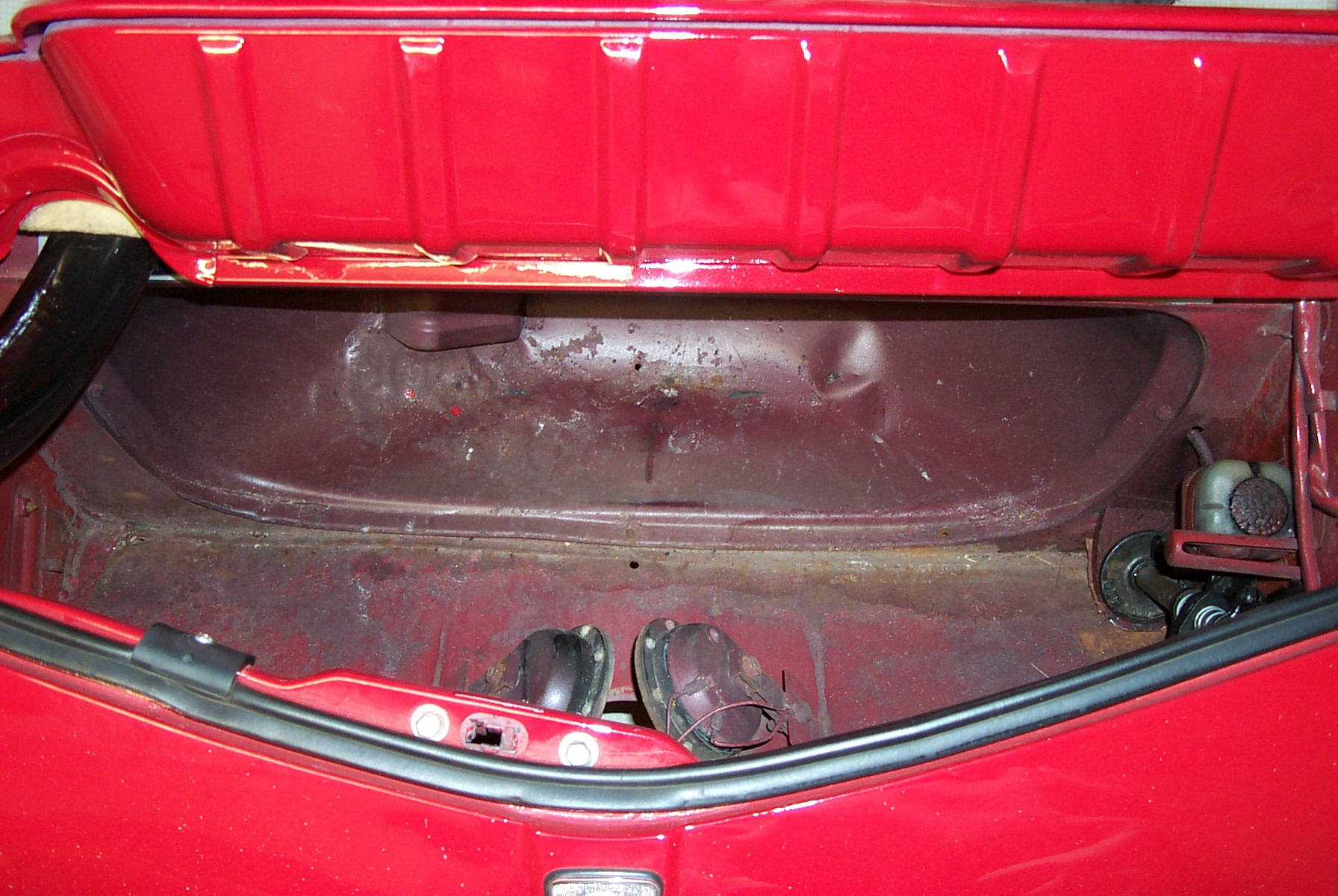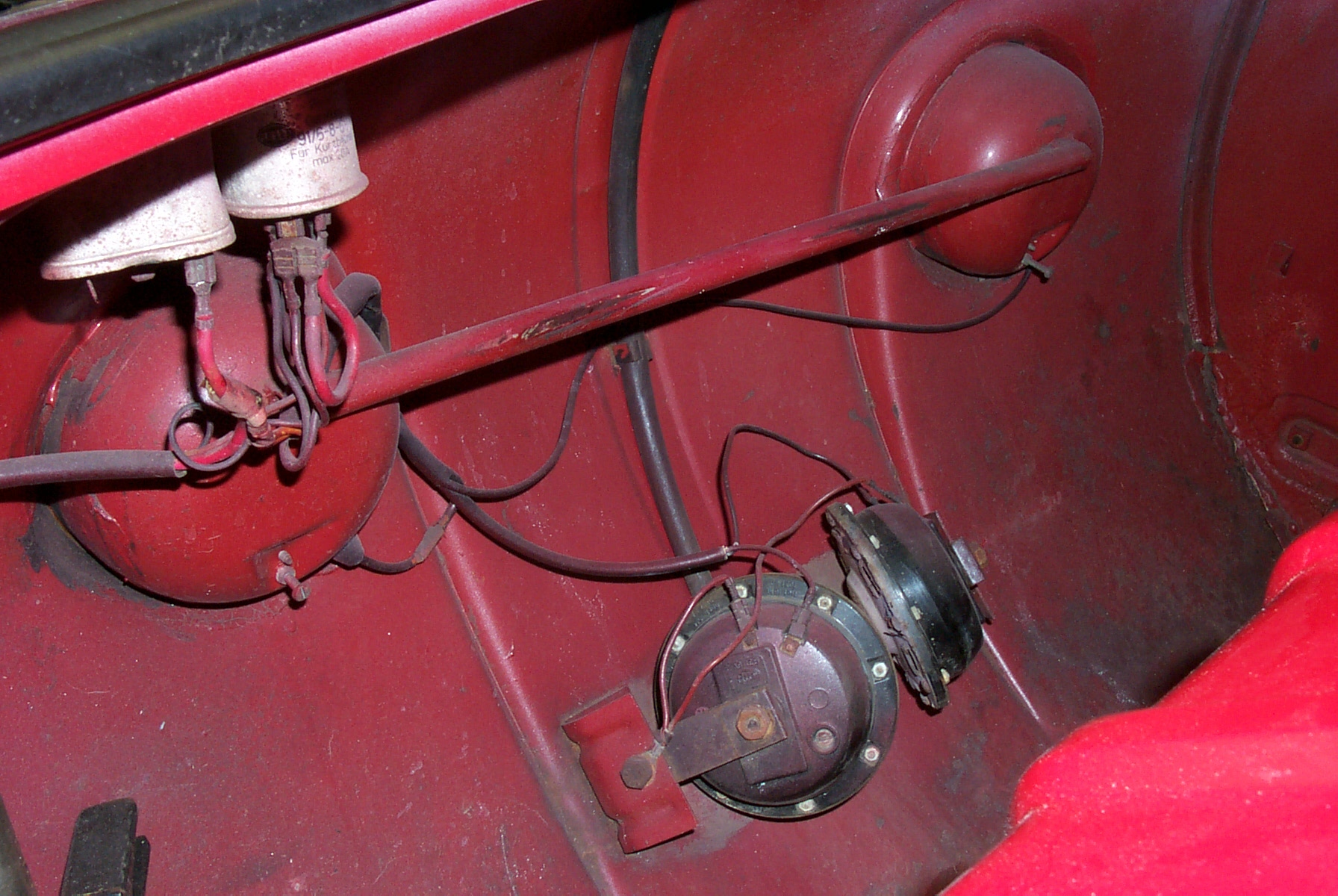

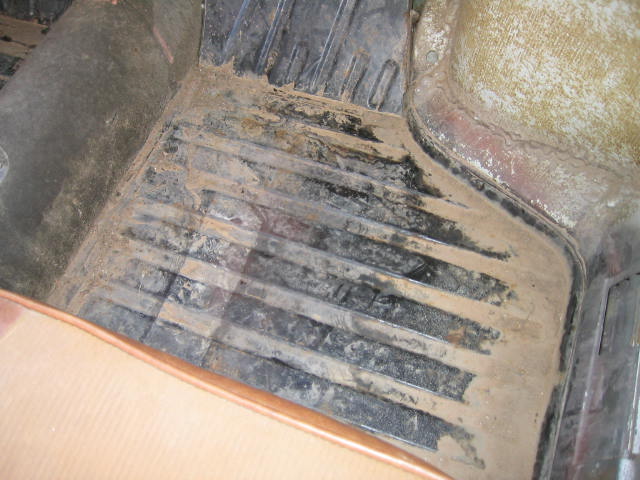
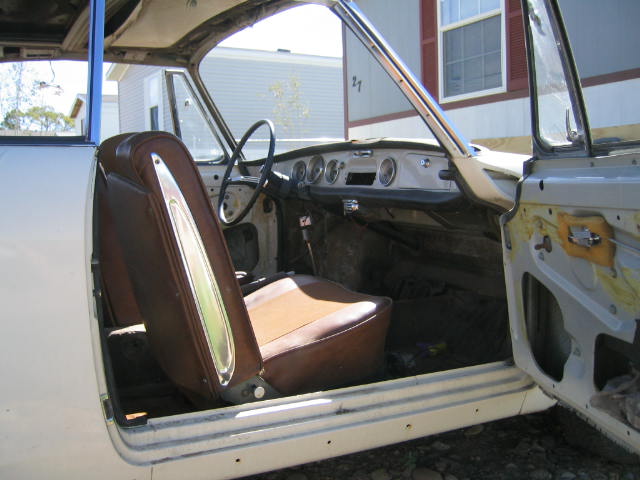




EXTERIOR INSPECTION: Begin by asking the seller to give you a tour of the T34. Often times the seller will show you the individual personality of a T34 without really meaning to. Ask if the T34 has been in an accident or repainted and ask why. When looking for rust there are several areas that T34s are prone to this killer. Look carefully at the corners of all four wheel wells and run your hand along the rocker panels curve to feel for irregularities. It's also common to see rust in the rear air ducts. Check the gaps of the doors & hoods for irregularities. Rust in these areas can be catastrophic and lead to thousands of dollars in repairs. Check the nose for bumps & bondo and make sure the center ribbed section is even & smooth. Check the door sills for rust when the doors are open. Check the beltline all around the car for signs of bondo. Check the rear panel overhang angle to see if the rear has been hit & repaired. Look along the sides of the car (about 4 inches up from the rockers) along the doors for the "ghost lines". These lines are difficult to repair and easy to identify if they're straight. Look for even gaps in between the bumpers & body. Check for poorly fitting parts on the body, a sign of previous repairs. Check the rims to see if they are 5 or 4 lug, a sign of brake modifications on the pre-1966 T34s. A good T34 will have little signs of rust, good gaps, and the majority of its original parts. Original paint is always a good sign as are the aluminum window trims, stock hub caps, and good chrome. The rocker trim strips are often missing as are the rear scripts. Take your time & take good notes. The body is where you'll be spending a great deal of your restoration budget. |
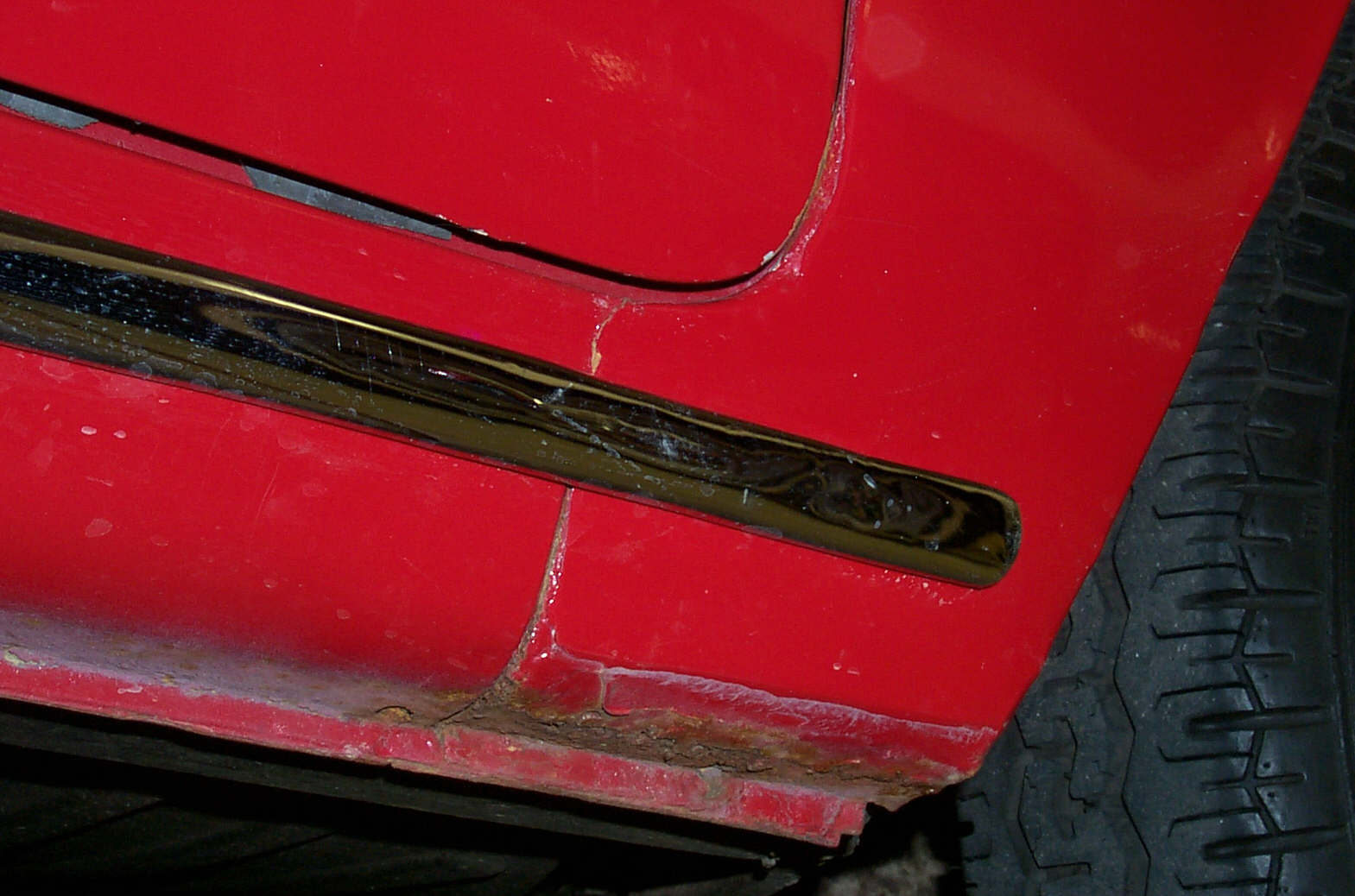
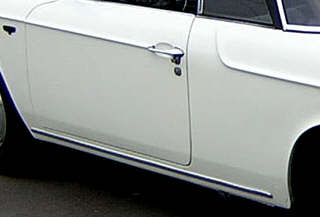 |
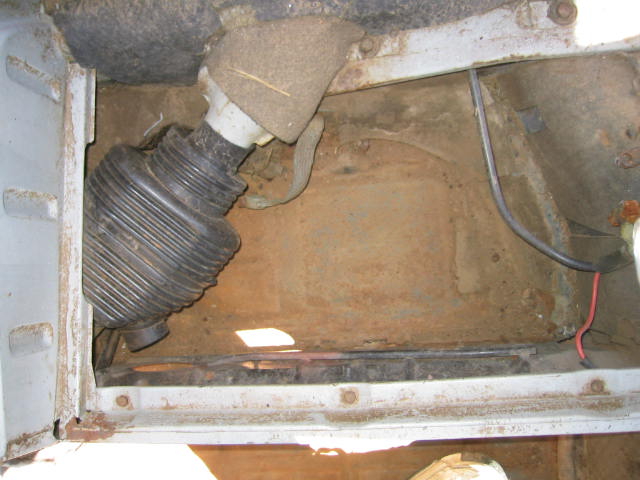
 |
INTERIOR INSPECTION: Lift the rear seat bottom and write down the chassis # then compare it to the # on the
aluminum ID plate inside the spare tire area on the right. These numbers should match and if they don't then the pan
has been swapped with another car. The battery area should be relatively solid (photo on left), no flintstone cars. The
floorpans should not show daylight, and the heater vents should be rust-free. Check the door pads and dash pads for cracks
& vinyl covering. Check for added items in the dash (extra lights, ignition switch, stickers, like in photo to left). Check the dash color
to see if it matches the body color, a sign of poor paint jobs & careless owners. And check under the dash at the wiring for signs of
"personalization". Make notes on what parts are missing or broken (ie turn signal arm can cost $200!). Original door panels
are always a plus but only if they don't need to be repaired, but the interior upholstery (carpet, interior panels,
headliner, & seat upholstery) is not too difficult or expensive to restore/replace, so those are not as important
as rust & modifications to the dash. Confirm the gauges are clean & not rusty, as this is a sign that the rest of the car
will also be prone to rust. Turn the ignition switch to start it, and check the electrical items (lights, wipers, turn
signals, horn, fuel gauge, etc) both on the inside & outside. Most original T34s still have their Blaupunkt AM/FM radios,
so don't be too surprised. Don't get bummed about the upholstery but concentrate more on function & completeness.
|


